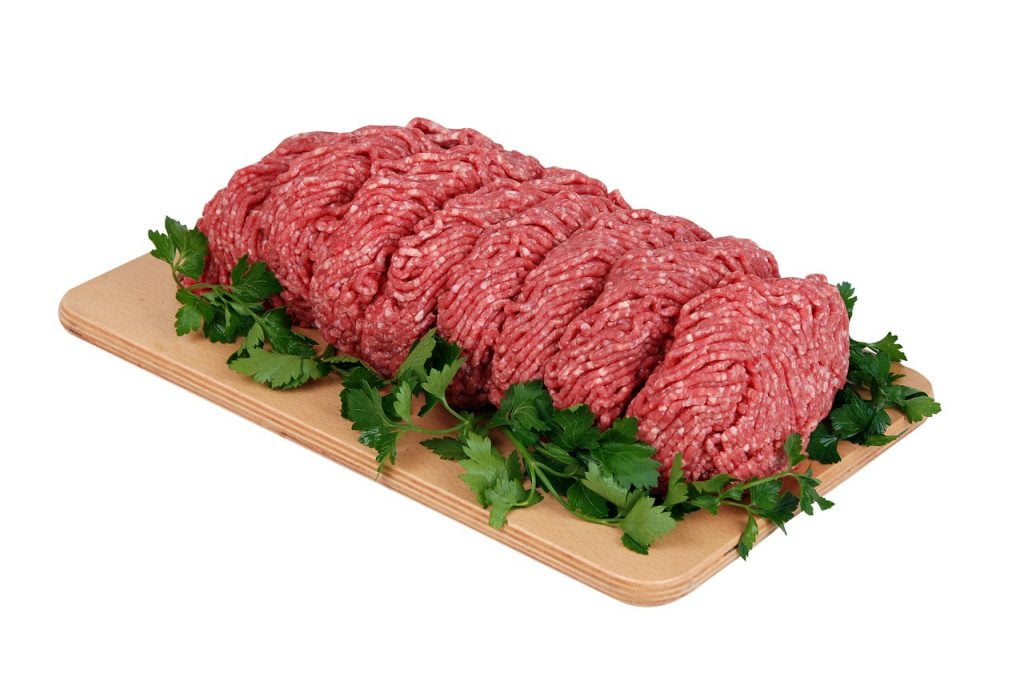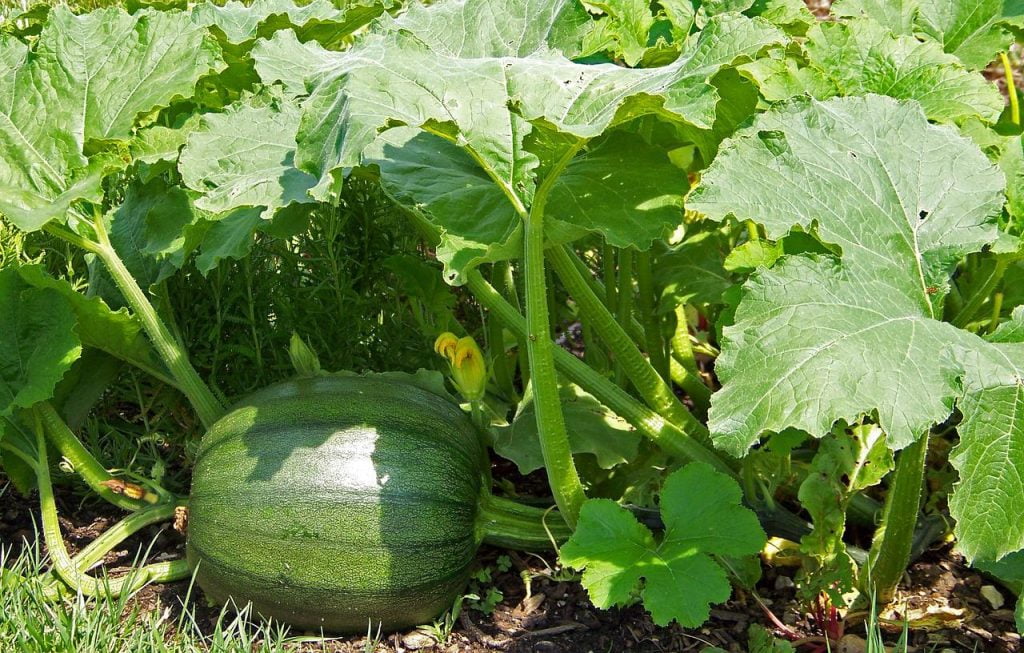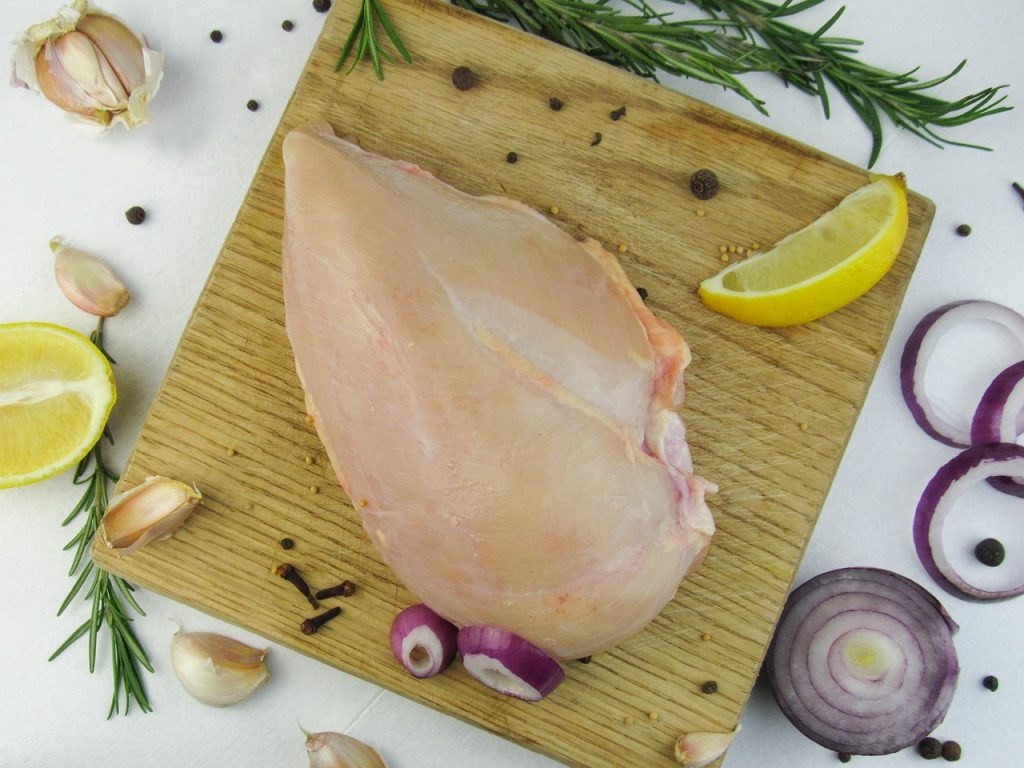
Meat, a source of sustenance for centuries, holds a special place in our culinary world. From sizzling steaks to comforting stews, it fuels our bodies and tantalizes our taste buds. But not all meat is created equal. Understanding the secrets to quality cuts and mastering the art of preparation unlocks a world of culinary possibilities, transforming your meals into masterpieces.
Navigating the Meat Maze: Understanding Quality Cuts
The journey towards superior meat begins with understanding the different cuts. Each animal boasts a unique anatomy, with muscles serving distinct purposes. Understanding these differences is key to selecting the optimal cut for your desired dish. Let’s delve into the world of cuts:
The Beef Bonanza:
Ribeye: Marbled with intramuscular fat, this cut delivers rich flavor and tenderness, ideal for grilling or pan-searing.
New York Strip: Leaner than ribeye but still flavorful, this versatile cut shines in steaks, stir-fries, and kebabs.
Chuck Roast: Packed with connective tissue, this cut requires slow cooking to melt the collagen and yield succulent pulled beef or pot roast.
Pork Perfection:
Pork Loin: Lean and tender, pork loin is perfect for chops, roasts, and schnitzels.
Pork Shoulder: Marbled and flavorful, the shoulder thrives in slow-cooked dishes like pulled pork or barbacoa.
Pork Belly: The king of bacon, pork belly’s rich fat content makes it ideal for roasting, grilling, or curing into savory bacon.
Poultry Powerhouse:
Chicken Breast: The leanest and most versatile cut, chicken breast excels in everything from stir-fries to salads.
Chicken Thighs: Darker meat with higher fat content, thighs deliver rich flavor and are perfect for grilling, roasting, or braising.
Whole Chicken: A classic choice for roasting, a whole chicken offers endless possibilities for leftovers and flavorful broth.
Beyond the Cut: Choosing Quality Meat
Selecting high-quality meat elevates your culinary experience. Look for these telltale signs:
Color: Fresh meat boasts a vibrant, natural color. Beef should be bright red, pork a pale pink, and chicken a pearly white.
Texture: Firm to the touch, the meat should spring back when gently pressed. Avoid meat that feels slimy or mushy.
Marbling: For cuts like ribeye, marbling (tiny flecks of fat) adds flavor and tenderness. However, excessive marbling can make the meat greasy.
Source: Opt for meat raised on ethical farms, prioritizing organic or pasture-raised options whenever possible.
Statistical Snapshot: The Meat Market
The global meat market is expected to reach a staggering USD 1.5 trillion by 2025. (Source: Statista)
Chicken is the most consumed meat globally, followed by pork and beef. (Source: OECD-FAO)
Organic meat sales are on the rise, driven by consumer demand for healthier and more sustainable options. (Source: USDA)
Fun Food Facts to Impress Your Dinner Guests:
Did you know the world’s most expensive steak comes from a Wagyu cow in Japan and can cost upwards of USD 5,000?
Ketchup was originally used as a medicine in the 18th century.
The average American consumes over 220 pounds of meat per year. (Source: USDA)
From Cut to Cuisine: Mastering the Art of Preparation
Now that you’ve chosen your perfect cut, it’s time to transform it into a culinary masterpiece. Here are some essential tips:
Seasoning is key: Don’t underestimate the power of salt and pepper. Season generously before cooking to enhance the meat’s natural flavor.
Temperature matters: Use a meat thermometer to ensure proper internal temperature for safe and delicious consumption.
Rest is essential: Allow cooked meat to rest before carving. This allows the juices to redistribute, resulting in a more tender and flavorful bite.
Embrace the Adventure: Experimenting with Flavors
The beauty of meat lies in its versatility. From bold marinades to delicate herbs, the possibilities are endless. Here are some flavor-infused adventures to try:
Asian Fusion: Marinate chicken in a blend of soy sauce, ginger, garlic, and honey for a sweet and savory stir-fry.
Tex-Mex Fiesta: Rub pork shoulder with chili powder, cumin, and smoked paprika for a slow-cooked barbacoa feast.
Mediterranean Medley: Season lamb chops with oregano, rosemary, and lemon zest for a taste of the Greek Isles.
Indian Inspiration: Infuse chicken thighs with a vibrant blend of turmeric, garam masala, and ginger for a tantalizing curry.
Expanding Your Culinary Horizons: Alternative Meat Options
The world of superior meat is expanding beyond traditional choices. Explore these innovative alternatives:
Plant-Based Proteins: From soy-based burgers to bean-based crumbles, plant-based proteins offer a meat-like experience without animal products.
Lab-Grown Meat: Cultivated in labs from animal cells, lab-grown meat aims to provide a sustainable and ethical alternative to traditional meat production.
Conclusion: The Art of Meat Mastery
The journey to superior meat is a blend of knowledge, skill, and a dash of culinary adventure. By understanding quality cuts, mastering preparation techniques, and embracing diverse flavors, you’ll unlock a world of culinary possibilities. So, embrace your inner chef, experiment with flavors, and discover the joy of creating exceptional meat-centric meals that nourish the body and delight the senses.
Thank you for reading blogs from Grandviewfarms.
You may also like:
Local Beef: A Culinary Tradition Worth Preserving
Savoring Wholesomeness: The Grass Fed Beef Revolution Unveiled!
Beyond the Supermarket: Discovering the World of Farm Fresh Beef




